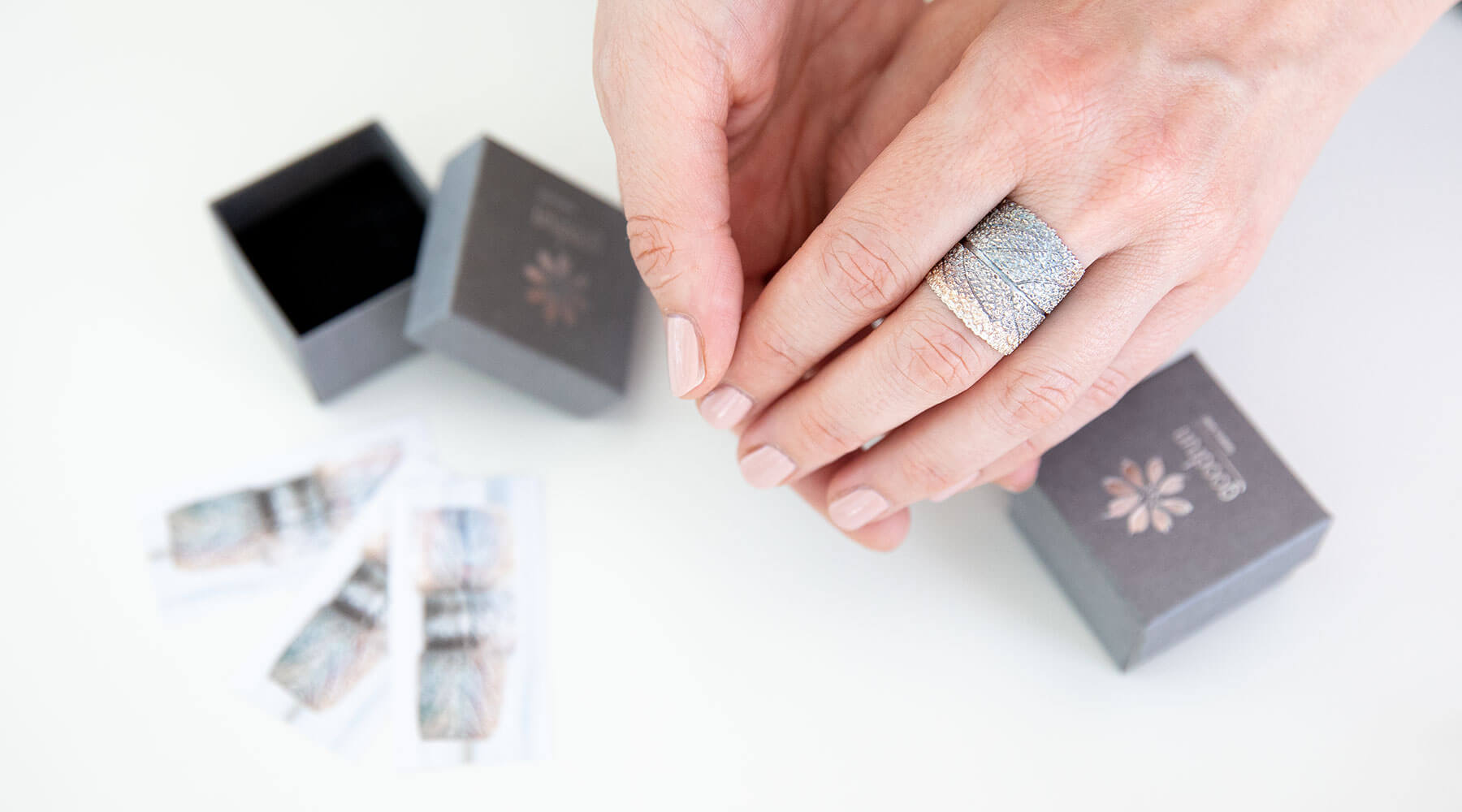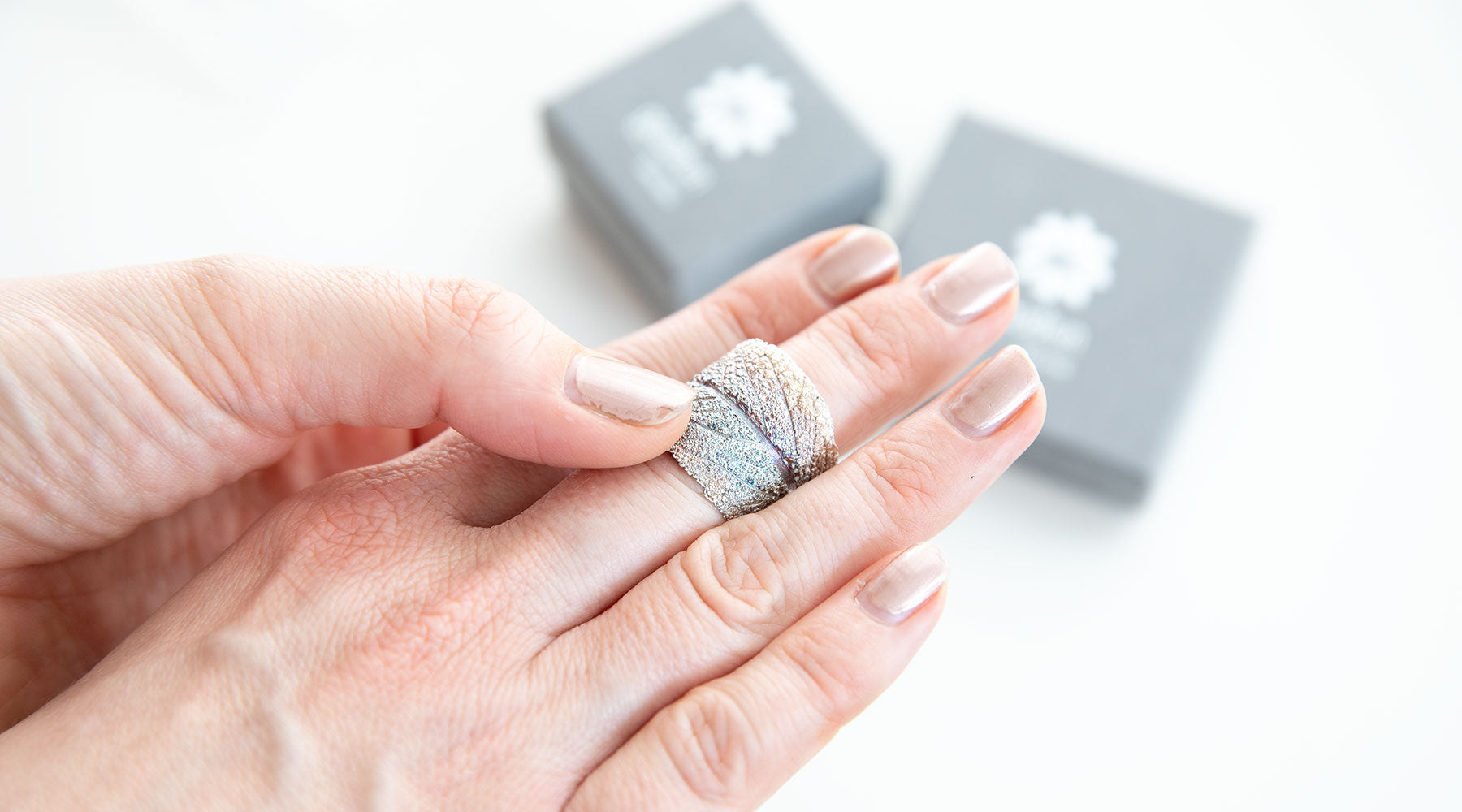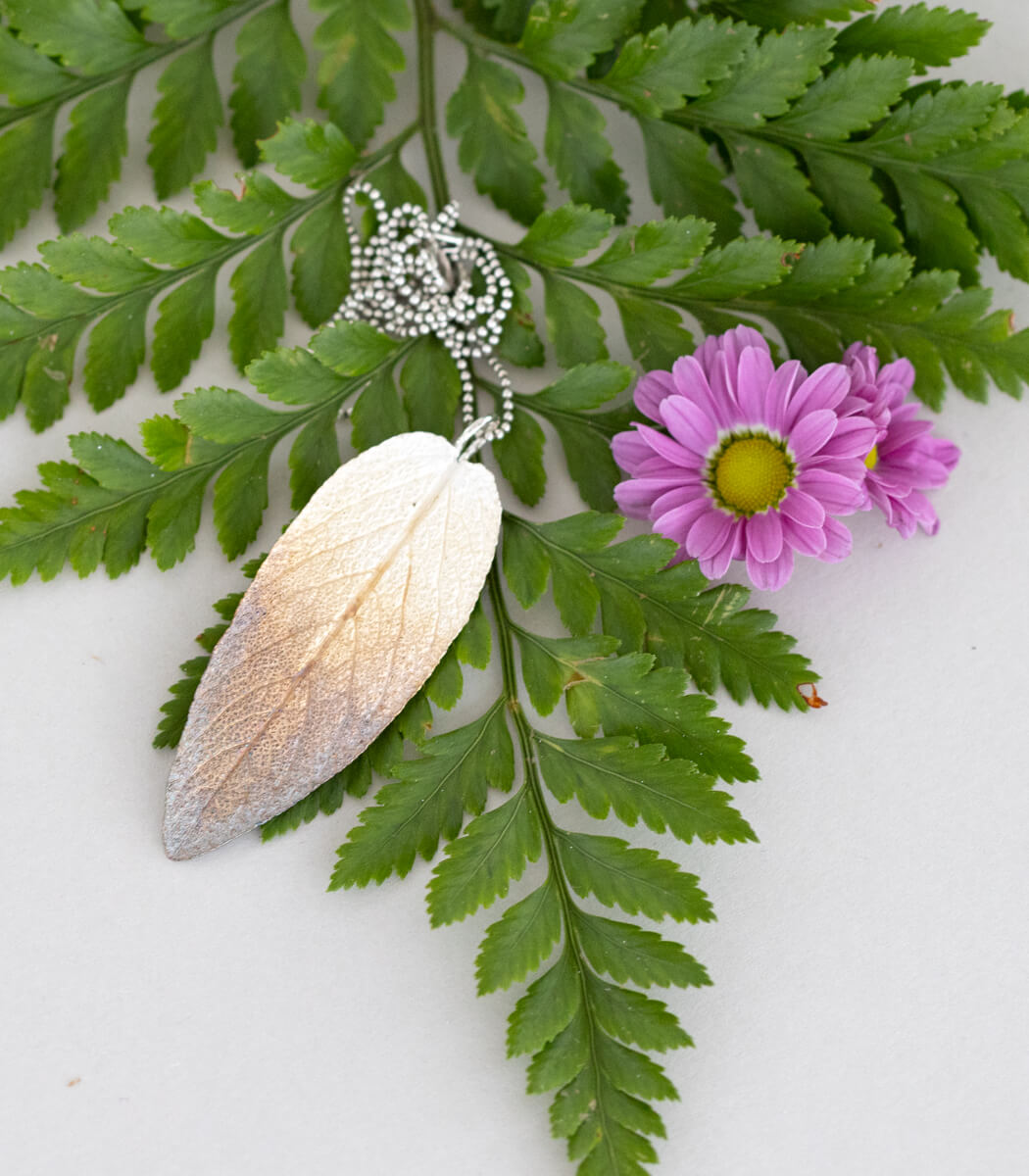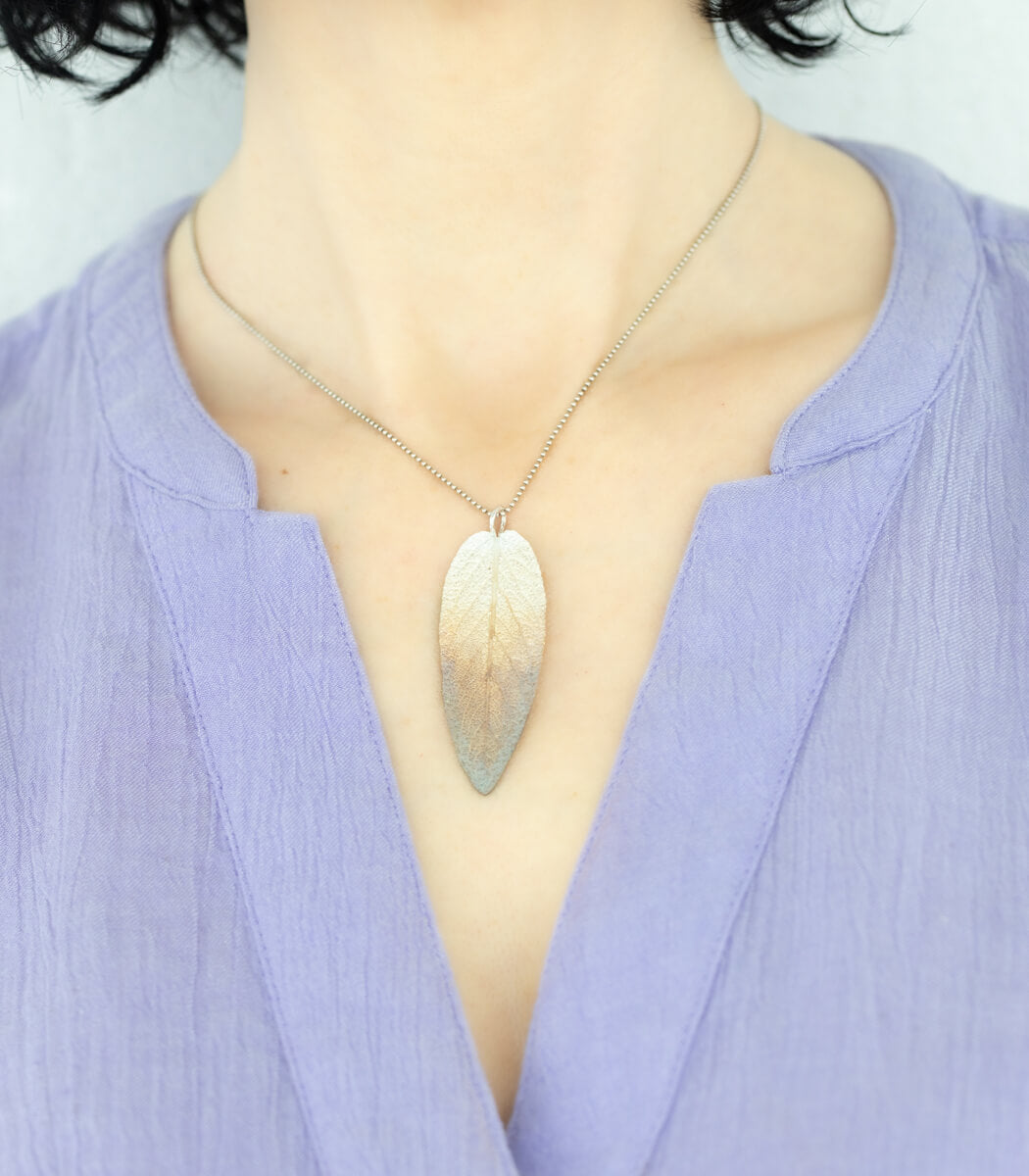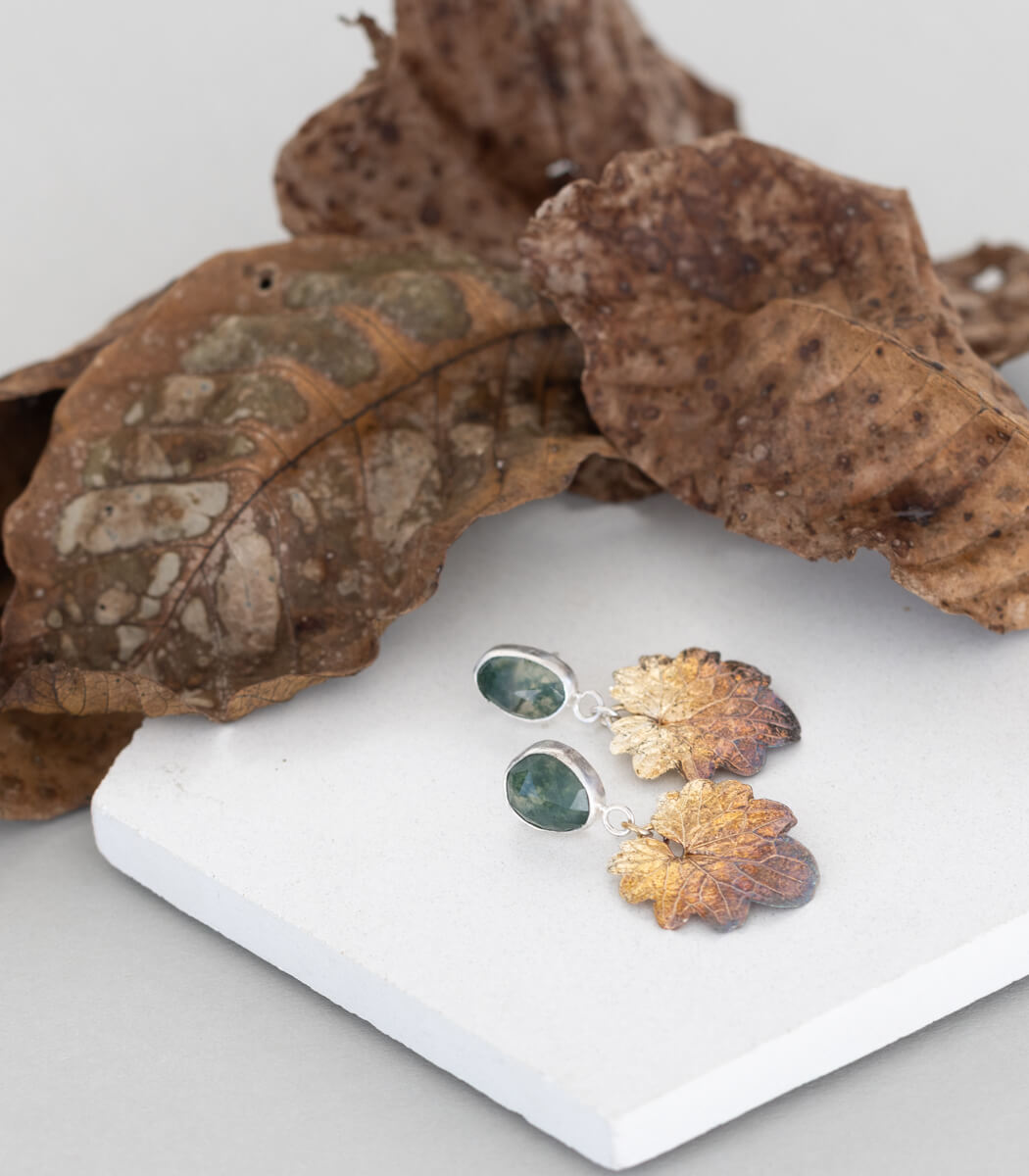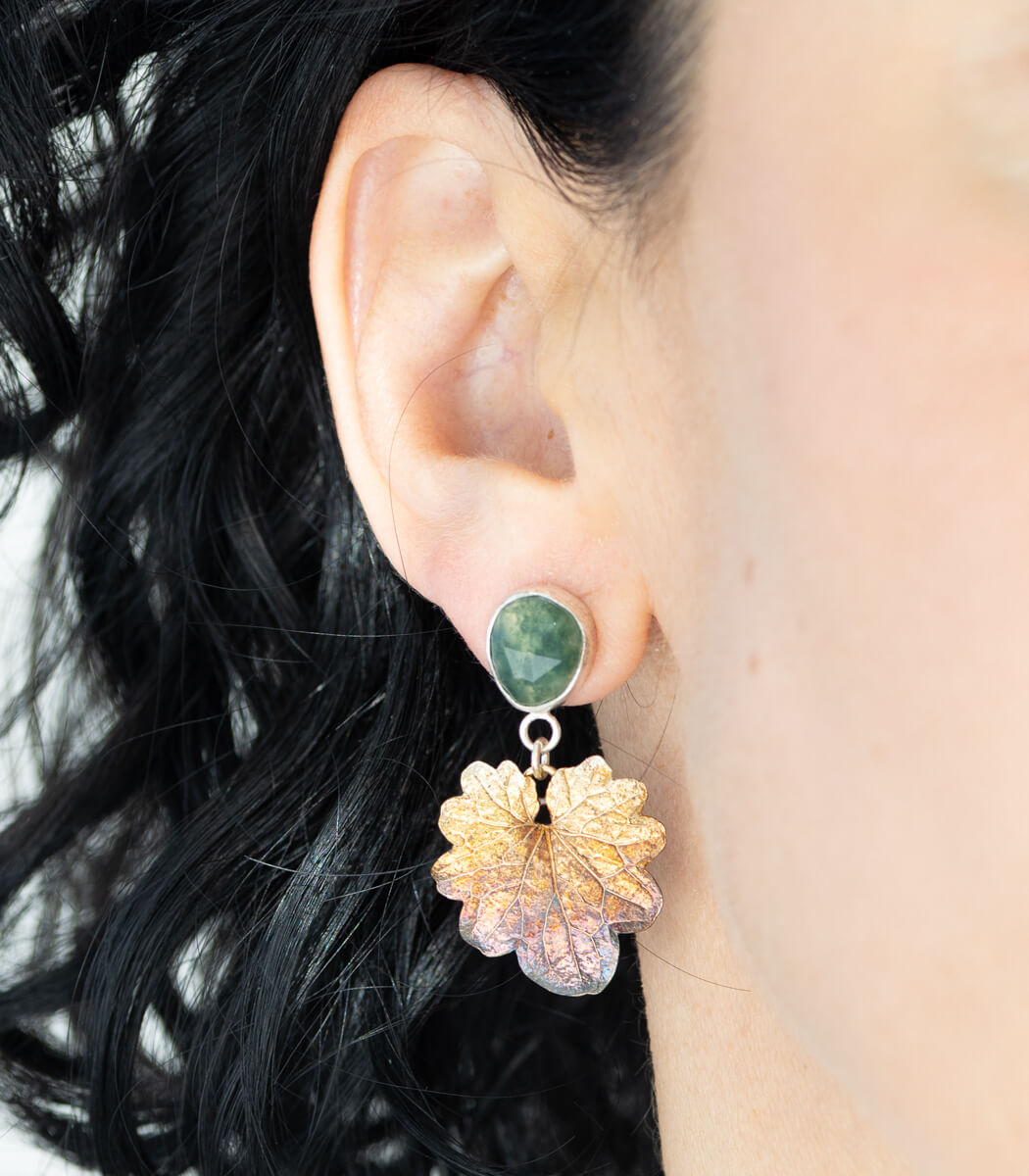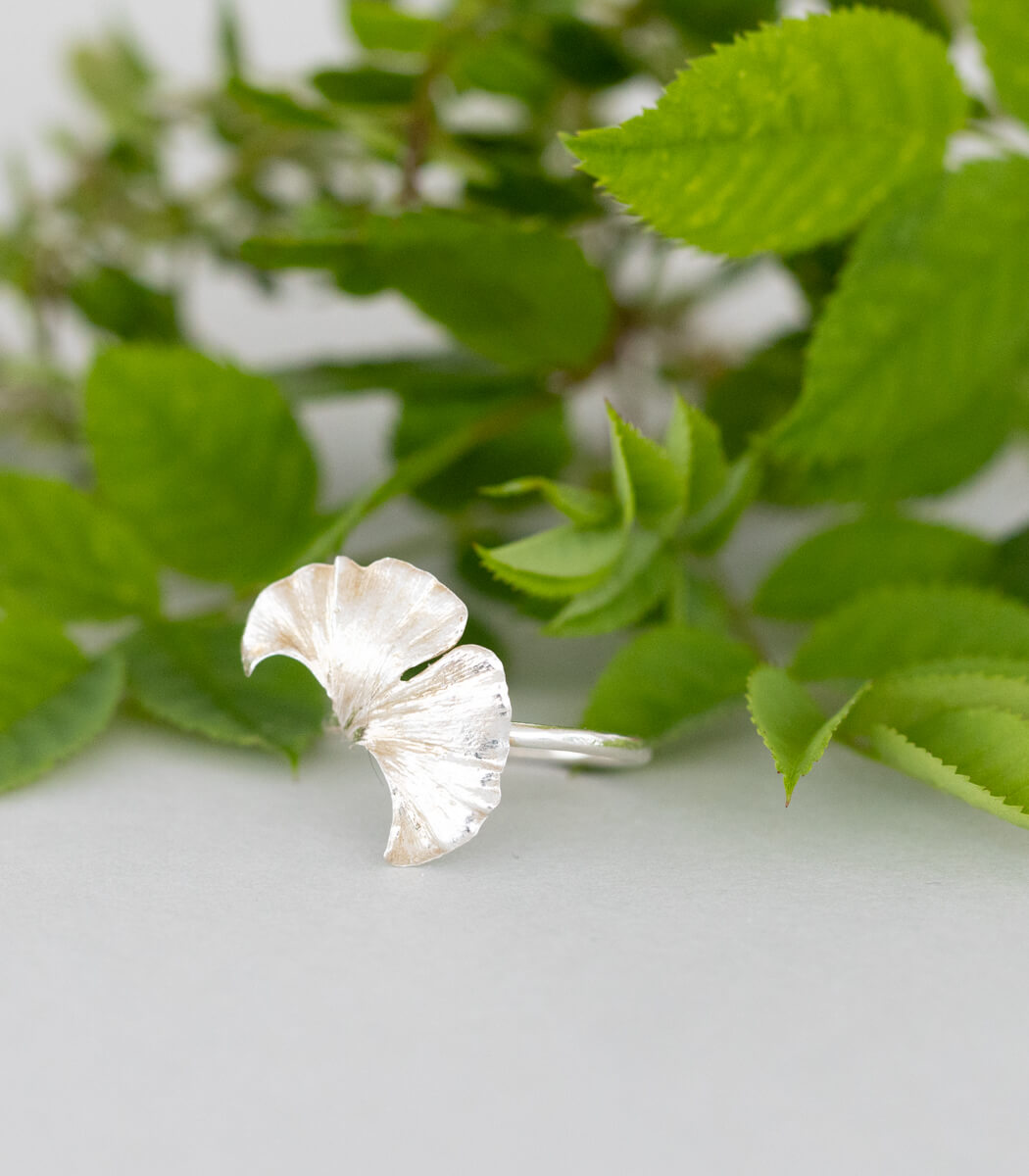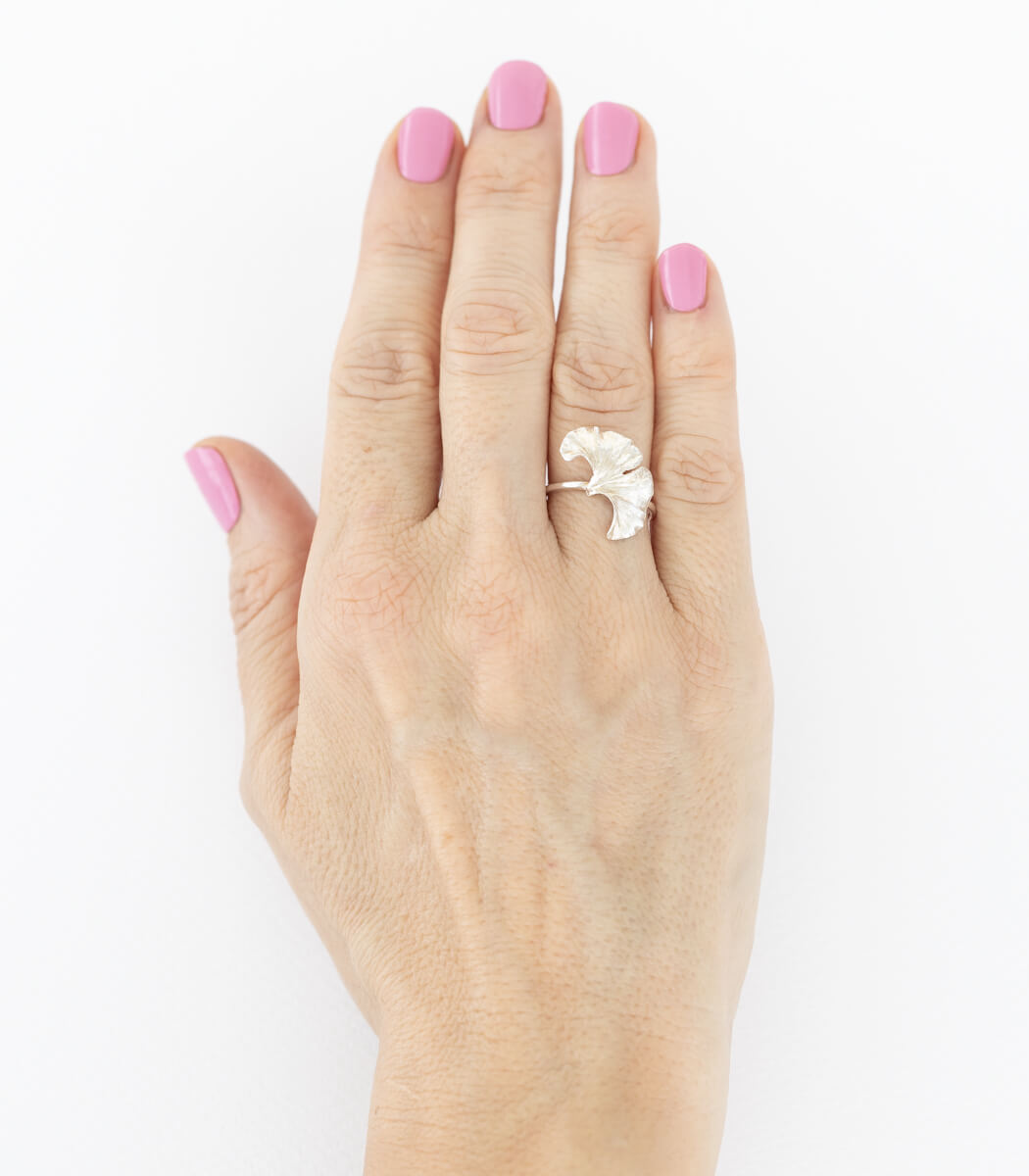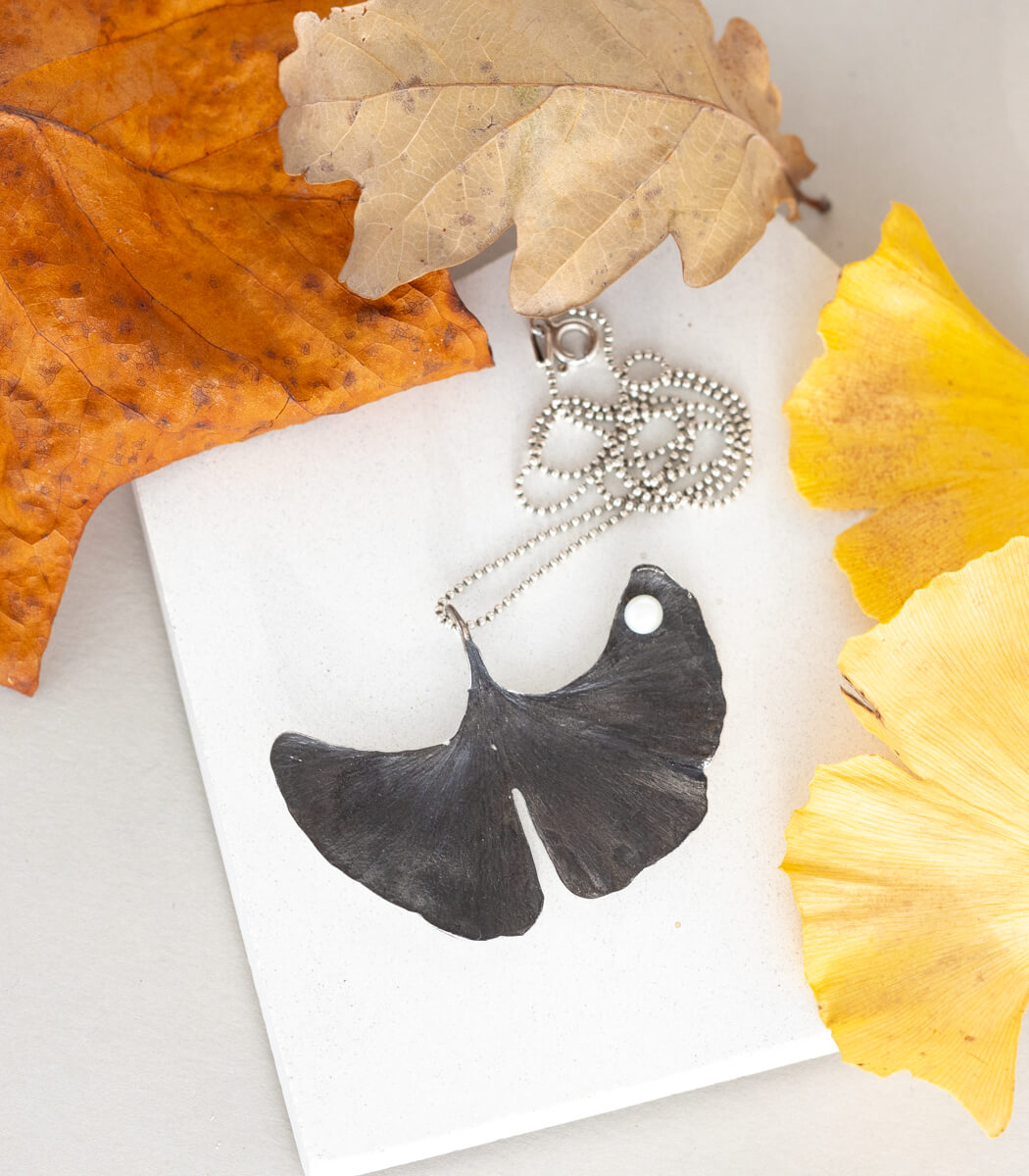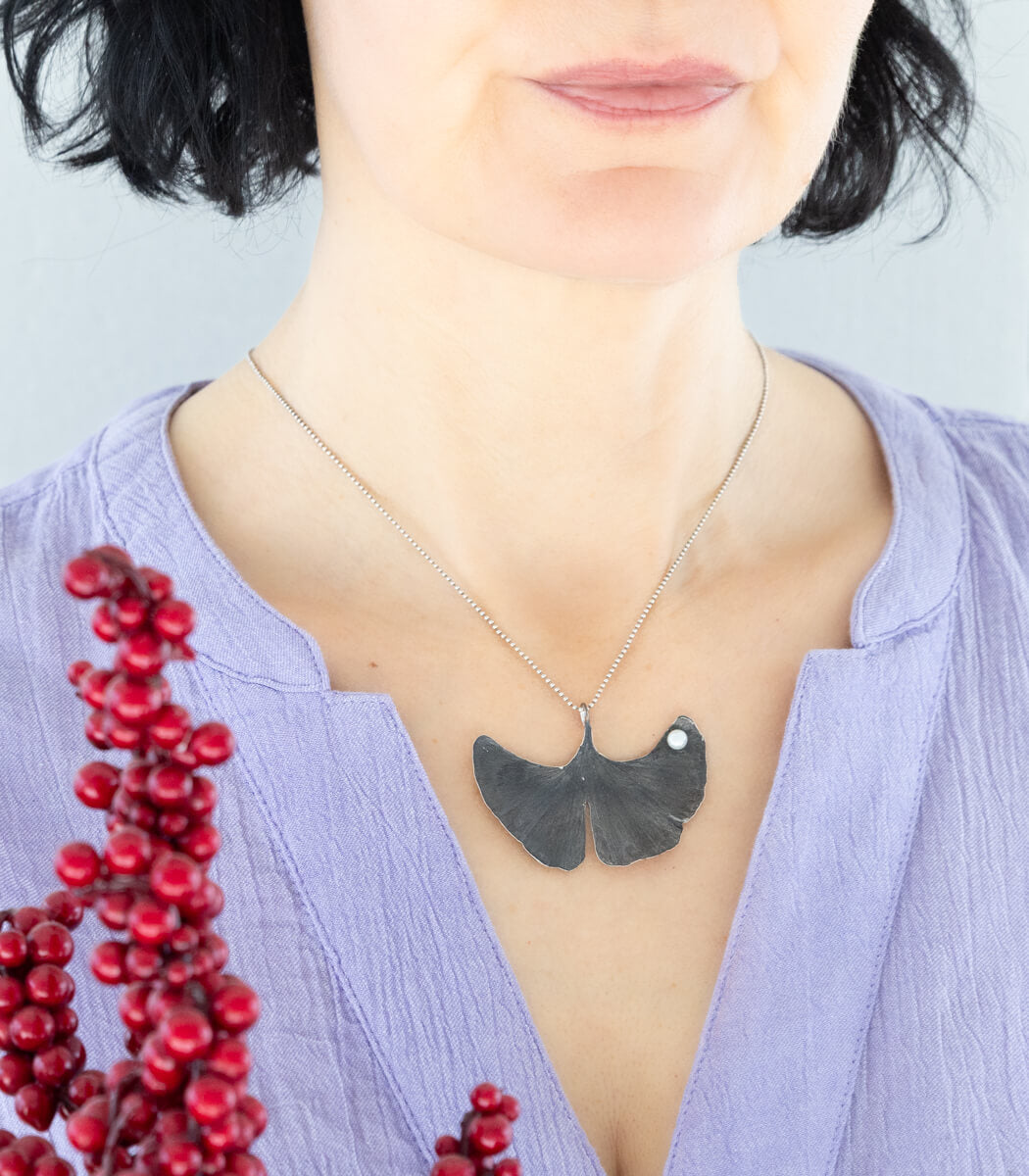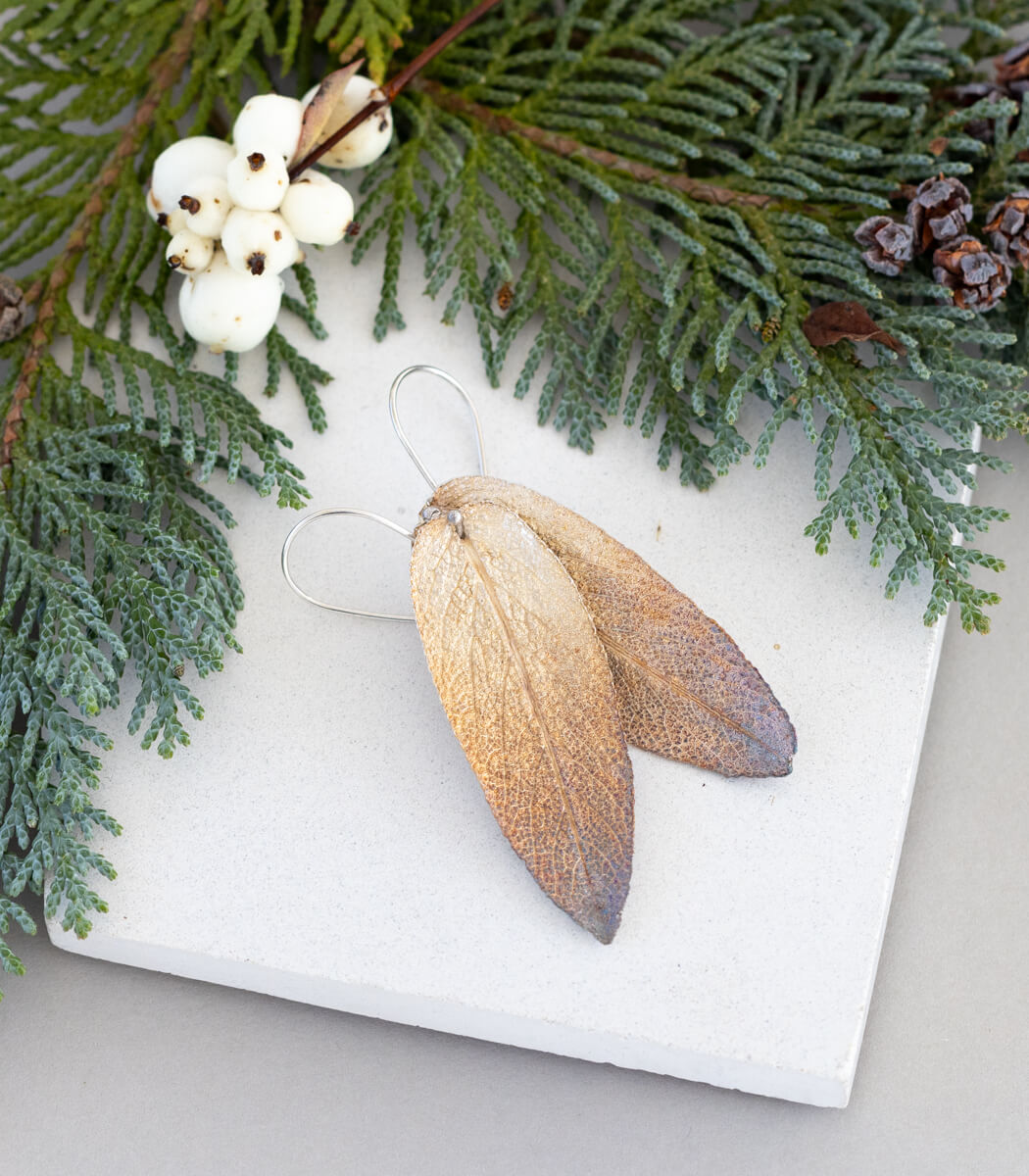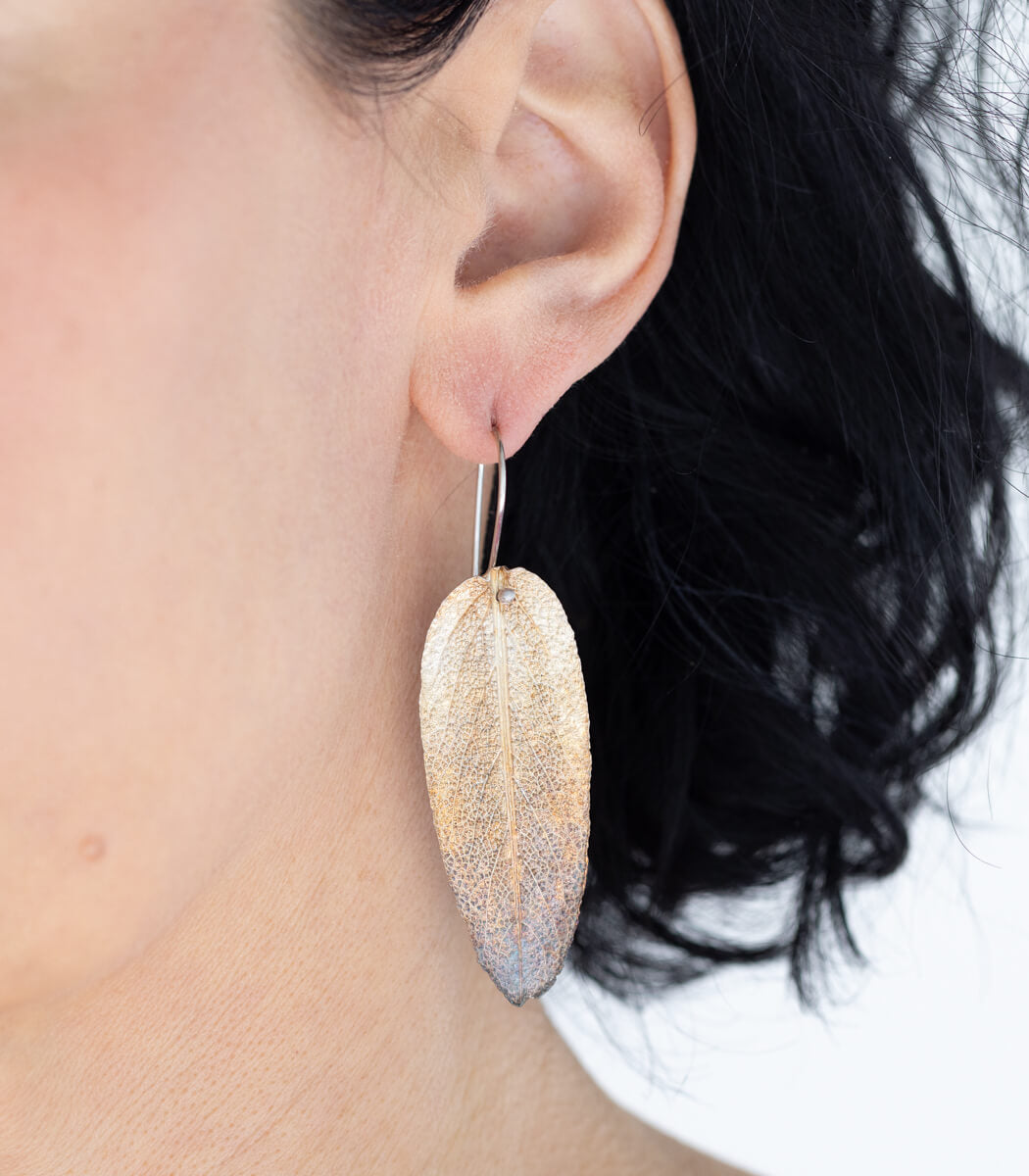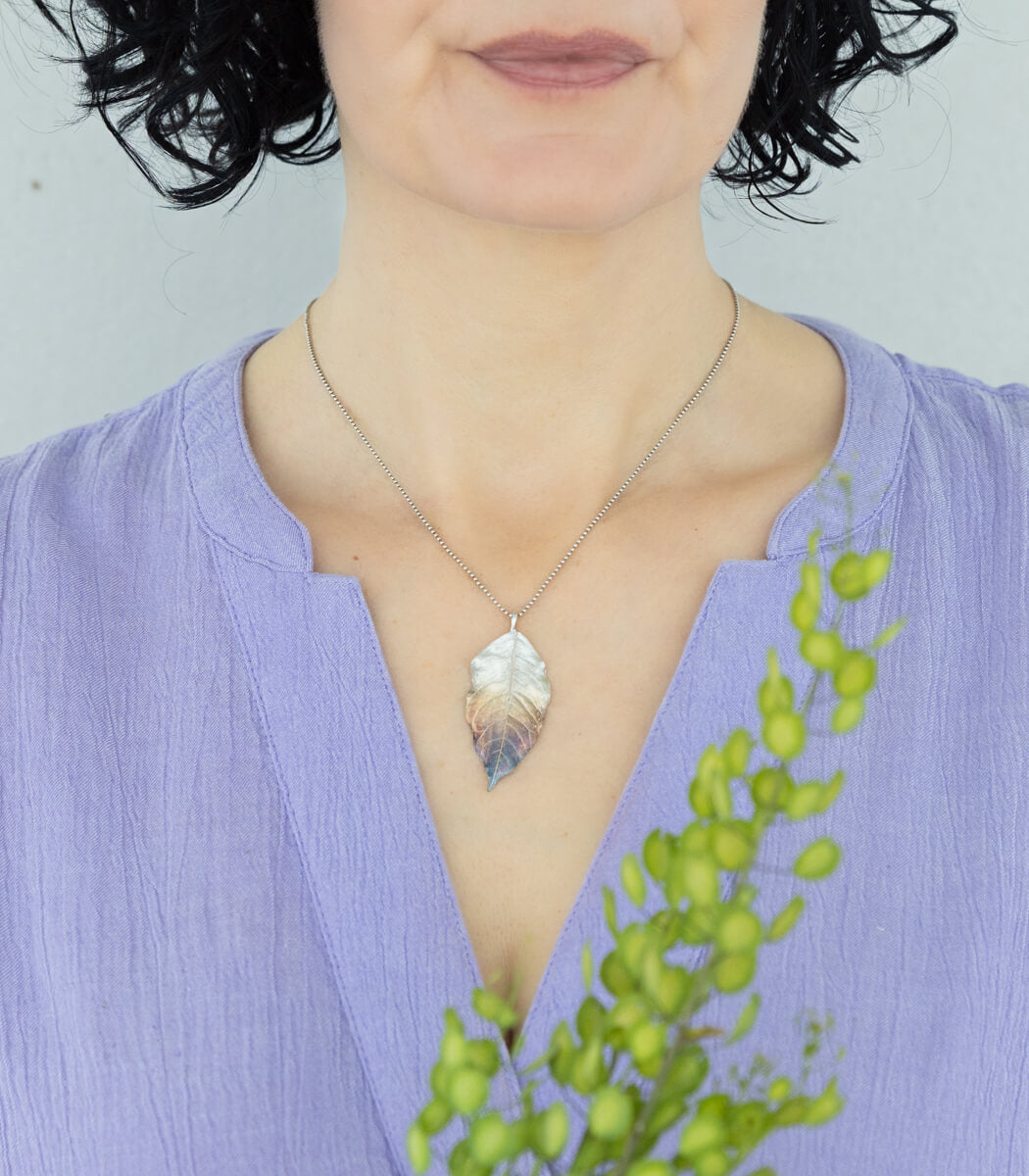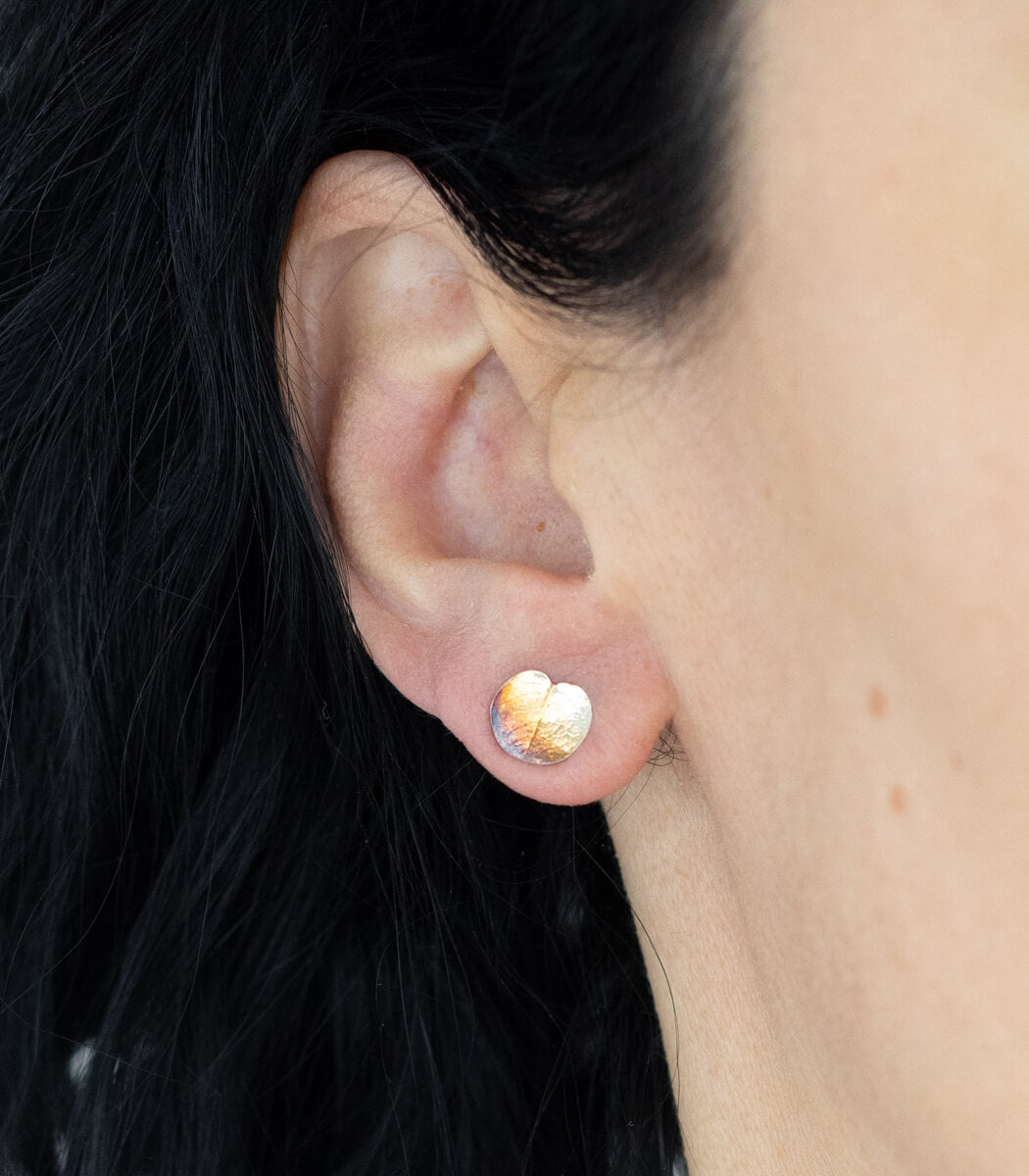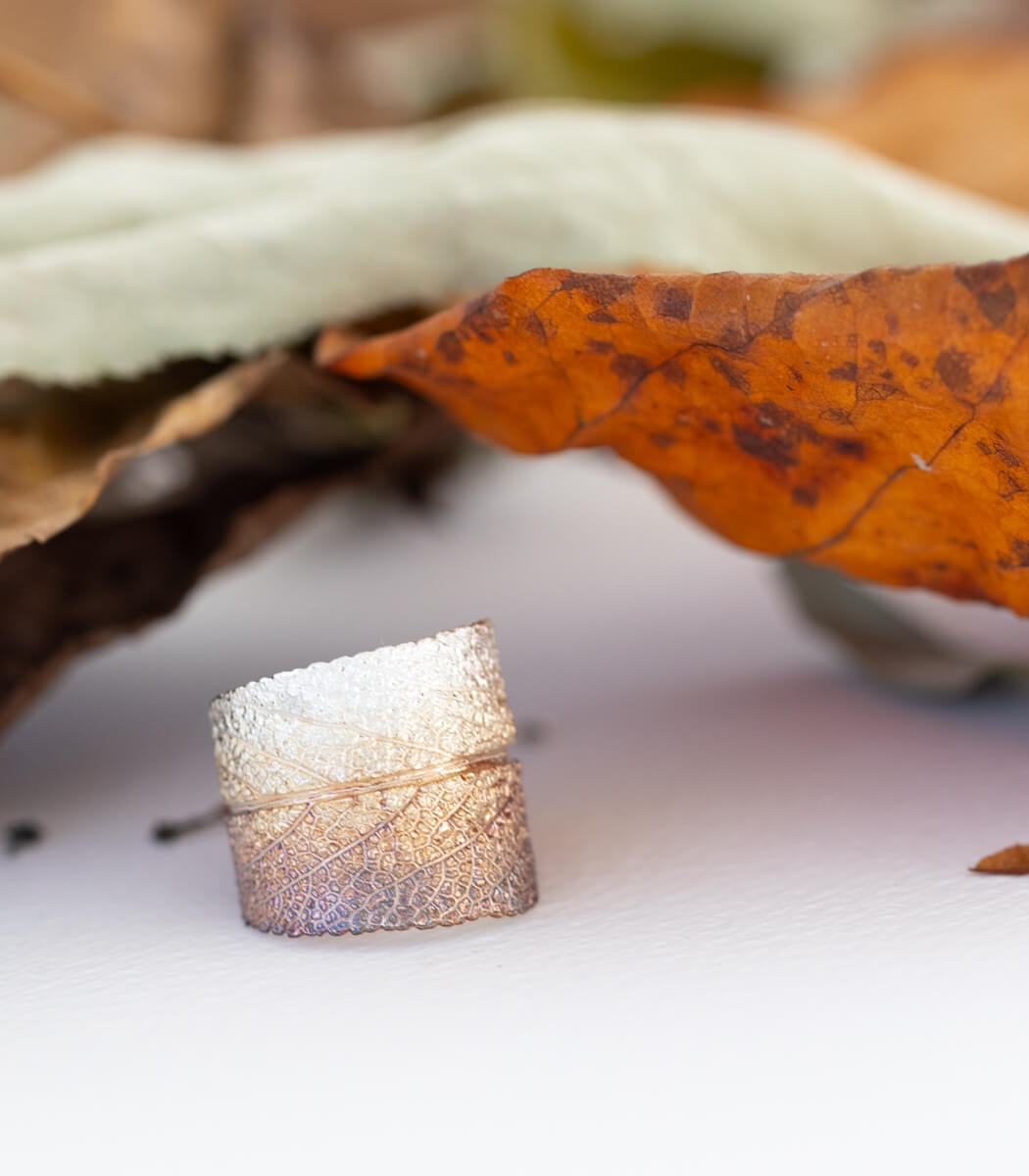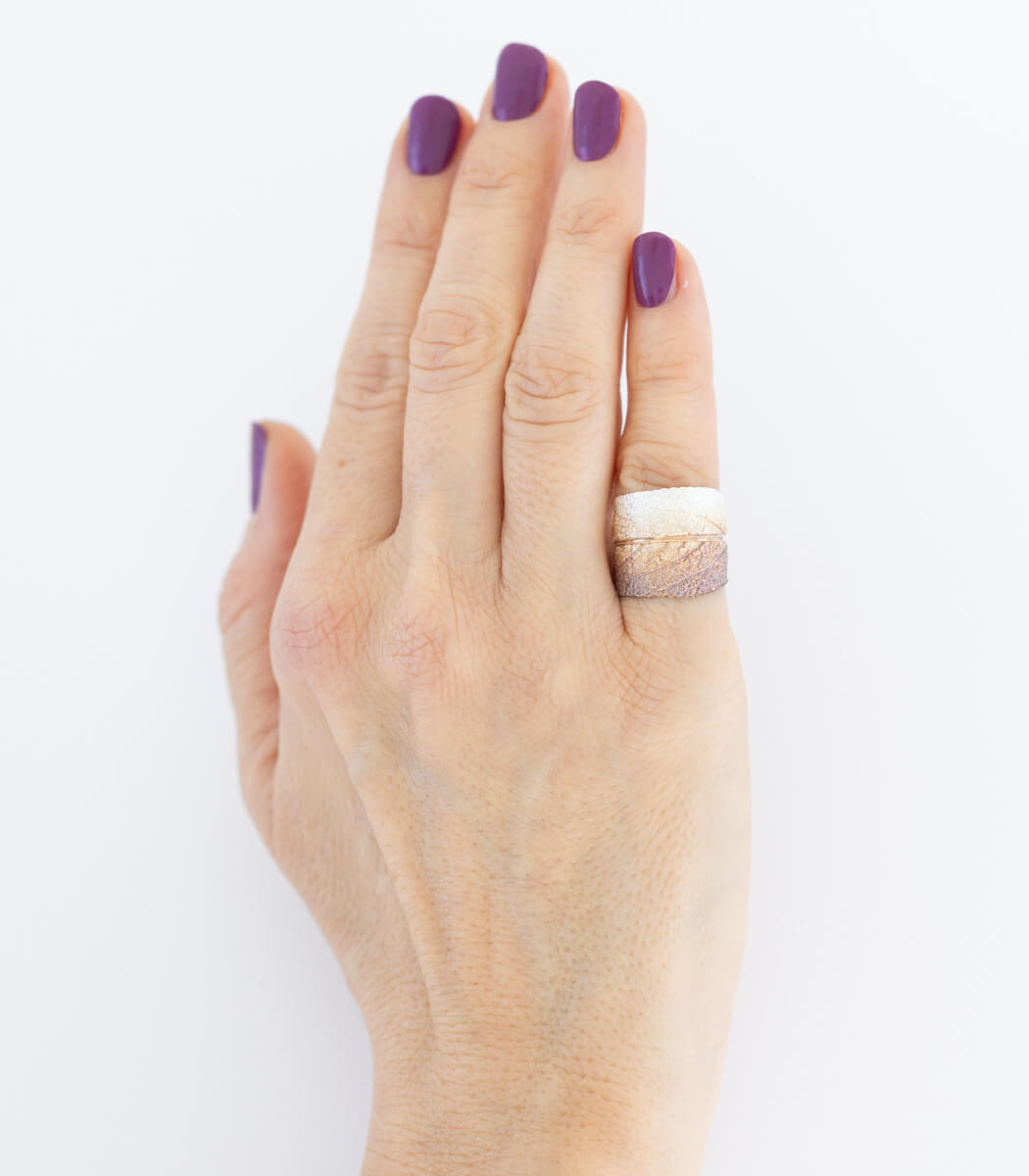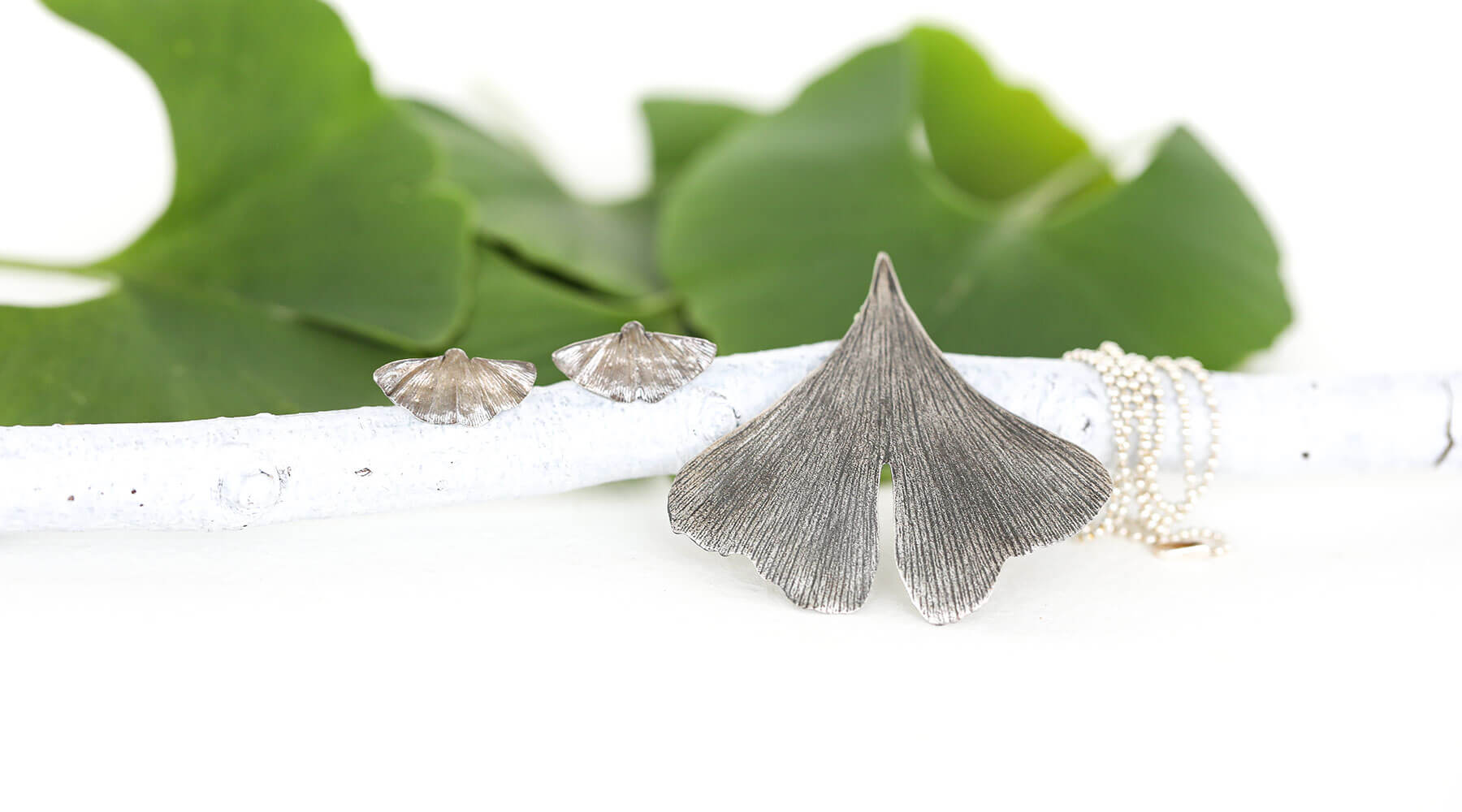
9 things you should definitely know about the Ginkgo
A ginkgo: ancient and admirable
If you are walking along a street in the shade of the trees in summer and suddenly feel not only a different, brighter light, but also a strange feeling of sudden calm, then look up: Are you perhaps standing under a ginkgo tree?
It may sound strange at first, but these trees from faraway Japan have something that we sometimes feel in certain people, a positive aura, a bright and friendly aura.
And this is not an illusion: for hundreds of years, the Japanese have held ginkgo in high esteem. The Asians have used its leaves and seeds in medicine and achieved astonishing results. But that's not all: they see the ginkgo leaf as a symbol of love and strength and good life energies. And these are just a few of the many wonderful stories I have heard and read about the ginkgo.
9 secrets about the ginkgo you didn’t know
That's why I love using the ginkgo leaf as a motif for my jewelry . It is so full of power and beauty, full of good thoughts and fascination!
Follow me on an amazing journey of discovery to an ancient and extraordinary inhabitant of our earth, who is the focus of my jewelry collection.
9 fascinating facts about the ginkgo tree
As mentioned, the ginkgo tree comes from Asia. It was completely unknown in Europe until the 17th century. But the Chinese and Japanese have always revered the ginkgo tree. But why?
1. A witness from the beginning of the world
One reason why I particularly love ginkgo jewelry is the feeling of connection to a time when no one was thinking about us humans: Fossil finds show that ginkgo trees were already growing in the world in the Jurassic period, 200 million years ago! Isn't it breathtaking to be face to face with a descendant of that time? And when I feel the cool leaf jewelry on my skin, I sometimes have the wonderful thought of being deeply close to that time, which is otherwise so incredibly far away from our world today.
2. A fighter
I am not only inspired by the idea that ginkgo trees are among the oldest creatures on earth. Their long life expectancy also fascinates me: our Asian tree friend can live for over 1000 years! It grows incredibly slowly, but lasts a long time. In China and Japan, ginkgos are protected, and near temples and villages they often live for 2000 to 3000 years! What wouldn't one of these giants have to say if we understood its language! Due to the great age that the trees can reach and their flame-resistant bark, ginkgo trees represent strength and resilience. And we all need that from time to time in our everyday lives! I sometimes think that my jewelry gives me the strength to face adversities in everyday life. Superstition? Who knows?
3. A lover
Jewelry made from ginkgo leaves is not a new invention: Ginkgo jewelry has a long tradition in China and Japan. Finely crafted silver and gold in the shape of ginkgo leaves has great symbolic meaning for people: The two-part shape of the leaves represents the two life energies Yin, gentleness, and Yang, life energy. In Asia, these two energies symbolize the inner balance that one needs in life. They also represent the male and the female, love, friendship and fertility. And it is not just the leaf that indicates the love of two people: Ginkgo trees grow as male and female plants and can only survive together. Since the seeds of female trees smell quite bad, we usually plant male trees. But you really have to think of them together, like us humans: as man and woman. We can only survive as a unit, and only together can we master our everyday lives.
4. A lucky charm
In Asia, ginkgo trees are seen as a symbol not only of love, but also of happiness. Ginkgo seeds are served at weddings: if the bride and groom eat them, their marriage will be happy. I find it fascinating how eating in Asia is not just about consuming food, but is also part of happiness and well-being. Ginkgo seeds are sometimes stirred into rice, for example, when someone could use a dose of happiness in their life. Wouldn't a gift in the form of a ginkgo leaf be a similar gesture for a friend or loved one who isn't feeling so well?
5. A helper
Ginkgo seeds and leaves have been used in medicine in Europe for a long time: As natural components of medicines, they help against the deterioration of nerve cells and with mood swings and anxiety, among other things. They are said to improve memory and blood circulation and are also popular with schoolchildren and students because they are said to improve learning.
6. A life extender
It may just be a question of belief, but ginkgo is said to be able to increase life expectancy. You could perhaps attribute this to its health-promoting effects, or dismiss it as nonsense. For me, it is important that when I wear jewelry made from ginkgo leaves, I feel that it gives me strength, protects me - and maybe really lets me grow old.
7. A friend of the artists
“The leaf of this tree, which has been entrusted to my garden from the East, reveals a secret meaning that edifies those who know.”
The great poet Johann Wolfgang von Goethe also succumbed to the magic of the tree from Asia and wrote this poem in 1815 for his love Marianne von Willemer. Many artists, past and present, have been fascinated by the ginkgo trees. The smooth bark, the fine, cool leaves with the grooves and their special shape and bright color take the mind on a journey to the land of enthusiasts and dreamers. Don't we all like to be guests there at some point?
8. A myth
Many fairy tales and legends in China and Japan are about ginkgo trees, and even modern times have written more stories about them. It is reported that a nearby ginkgo tree went up in flames during the terrible atomic bomb disaster in Hiroshima. But a short time later, the tree, which was thought to be dead, sprouted new leaves and branches. After the unspeakable suffering that the atomic bomb brought upon the people of Japan, this tree was and is revered as a symbol of hope for a new life in peace.
9. An individualist
When I wear my leaf jewelry , I like to think about the uniqueness of the ginkgo tree: Because of its leaf-like needles, it is neither a deciduous tree nor a conifer. As a prehistoric tree, it combines both sides in itself. It forms its own plant family, the "Gingoales". This is also what makes it so unusual and gives me a feeling of exclusivity and uniqueness when I wear ginkgo jewelry - a wonderful feeling!
And so I see and feel ginkgo trees wherever and whenever I encounter these fascinating plant giants: as admirable, strong, incredible creatures that inspire, protect - and delight us.













